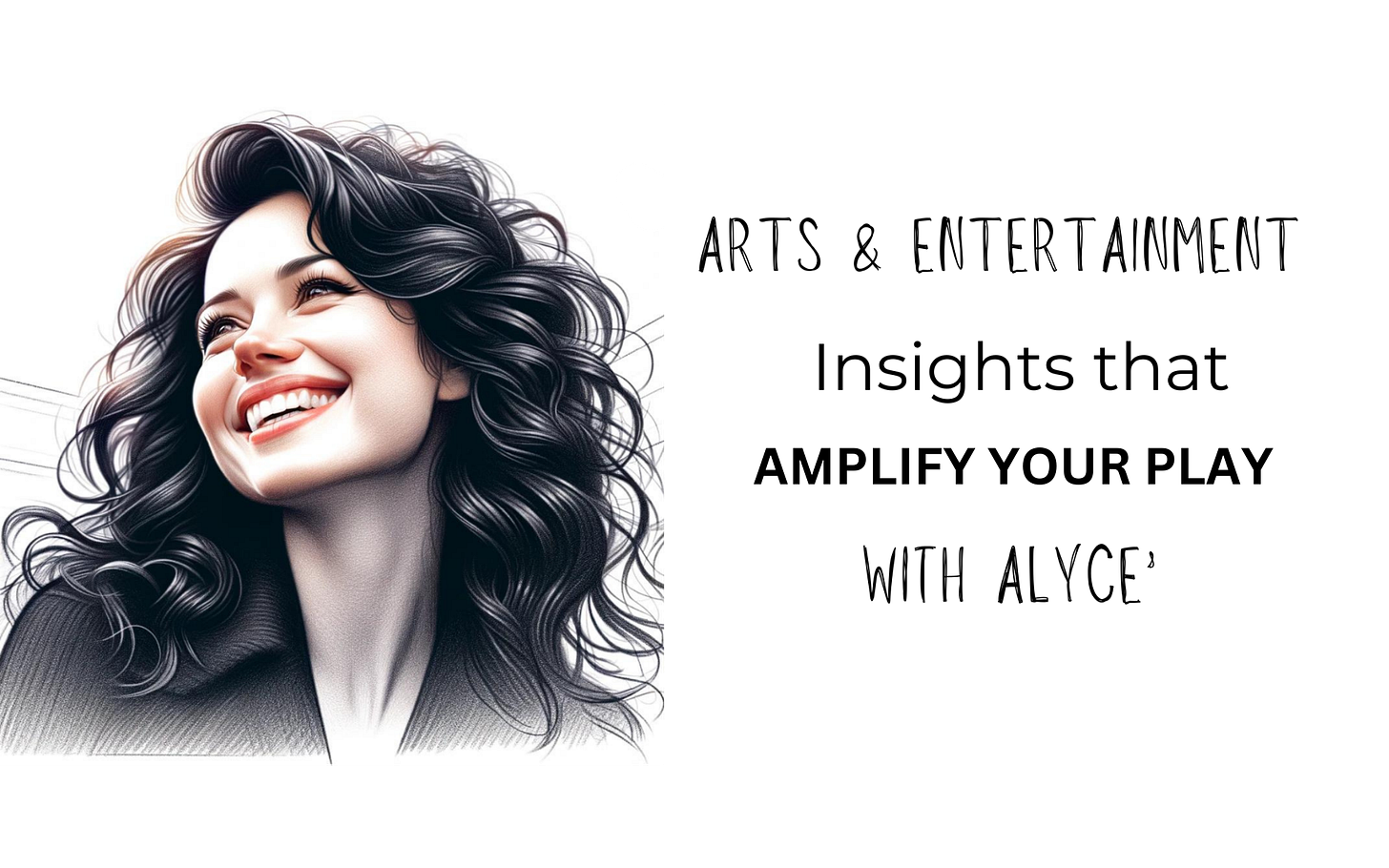The Resurgence of Jazz Fusion Among Younger Generations
In recent years, jazz fusion has experienced a significant resurgence, particularly among younger generations.
Keep reading with a 7-day free trial
Subscribe to Lundeenkey to keep reading this post and get 7 days of free access to the full post archives.

